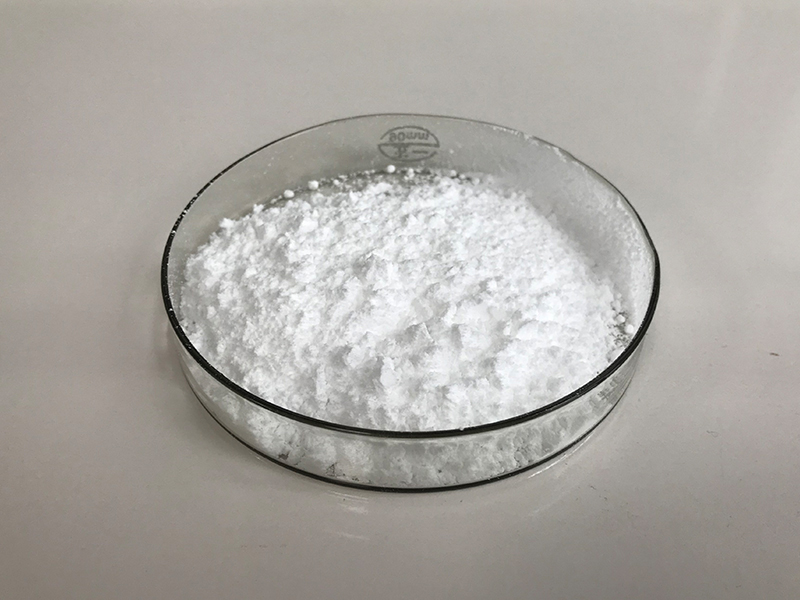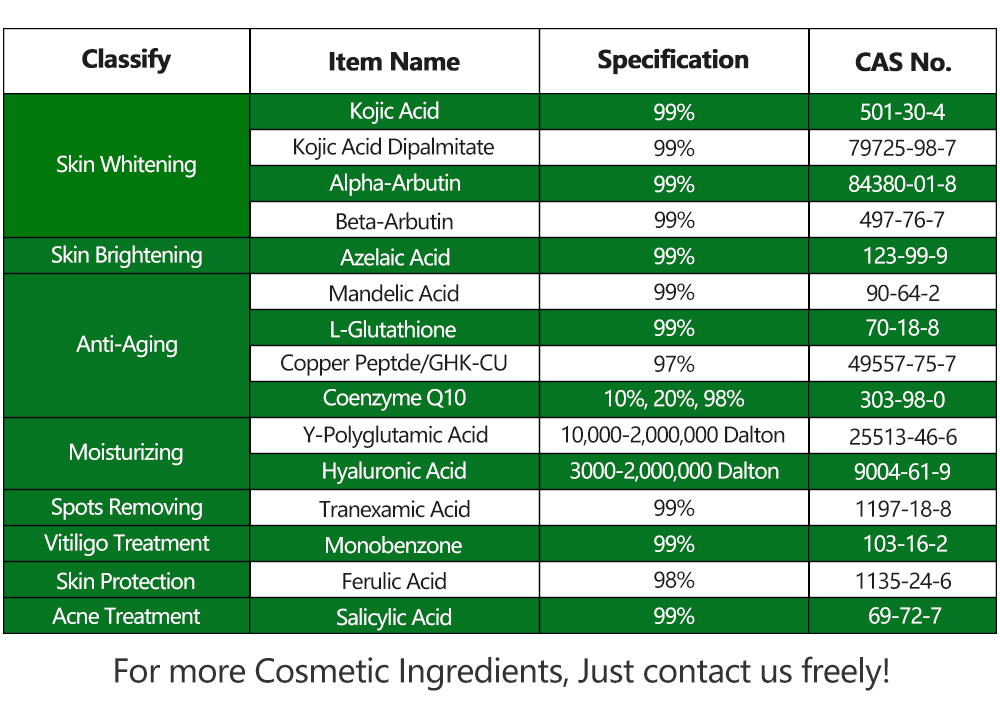Basic ingredient of Tranexamic Acid is, unsurprisingly, tranexamic acid itself. Tranexamic acid is a synthetic derivative of the amino acid lysine and is used as an antifibrinolytic agent to reduce excessive bleeding. It works by inhibiting the breakdown of blood clots, making it useful in various medical situations, such as surgery, trauma, heavy menstrual bleeding, and certain bleeding disorders.

Efficacy and function of Tranexamic Acid
Tranexamic acid is a medication used to treat or prevent excessive bleeding (hemorrhage) in various medical situations. It primarily works by helping to reduce the breakdown of blood clots. Here are some key aspects of the efficacy and function of tranexamic acid:
Antifibrinolytic Function: Tranexamic acid is an antifibrinolytic agent, which means it helps to prevent the premature breakdown of blood clots. It does this by inhibiting the activity of plasmin, an enzyme that plays a key role in dissolving blood clots. By blocking plasmin, tranexamic acid can help stabilize blood clots and reduce bleeding.
Surgical Applications: Tranexamic acid is commonly used in surgery, particularly in orthopedic and cardiac procedures. It is administered to reduce bleeding during and after surgery, which can help improve surgical visibility and decrease the need for blood transfusions.
Trauma and Injury: Tranexamic acid has been used in cases of trauma or injury, such as severe bleeding resulting from accidents or injuries. Administering tranexamic acid promptly can help control bleeding and improve outcomes.
Menstrual Bleeding: Tranexamic acid is sometimes prescribed to women with heavy menstrual bleeding (menorrhagia) to reduce excessive menstrual blood loss. It can make menstruation more manageable and less disruptive.
Hemophilia: Some individuals with hemophilia, a genetic bleeding disorder, may benefit from tranexamic acid to control bleeding episodes by slowing down the breakdown of blood clots.
Dental Procedures: Tranexamic acid may be used in dentistry to reduce bleeding during oral surgeries or procedures, such as tooth extractions.
Obstetrics: In obstetrics, tranexamic acid may be used to manage postpartum hemorrhage, a potentially life-threatening complication of childbirth.
Hereditary Angioedema: Tranexamic acid can be used in the treatment of hereditary angioedema, a rare genetic condition characterized by sudden and severe swelling in various parts of the body.

The efficacy of tranexamic acid varies depending on the specific clinical situation and the timing of administration. It is more effective when used preventively or in the early stages of bleeding. Tranexamic acid is available in various forms, including oral tablets, injections, and topical applications, and the appropriate form and dosage depend on the patient’s condition and medical needs. It is important to use tranexamic acid under the guidance and supervision of a healthcare professional, as it may have potential side effects and contraindications, and its use should be tailored to the individual patient.
